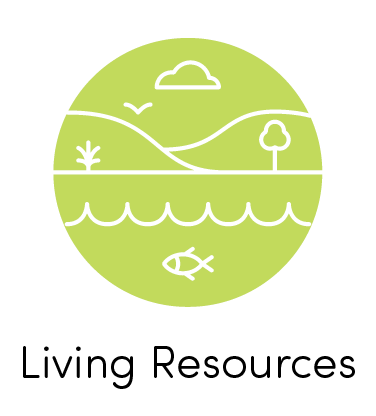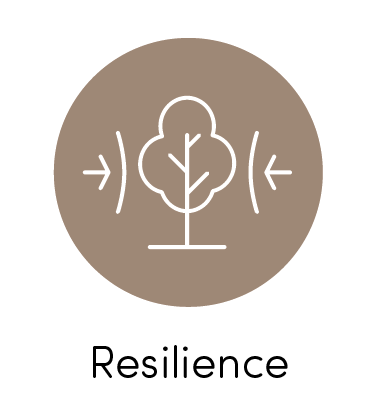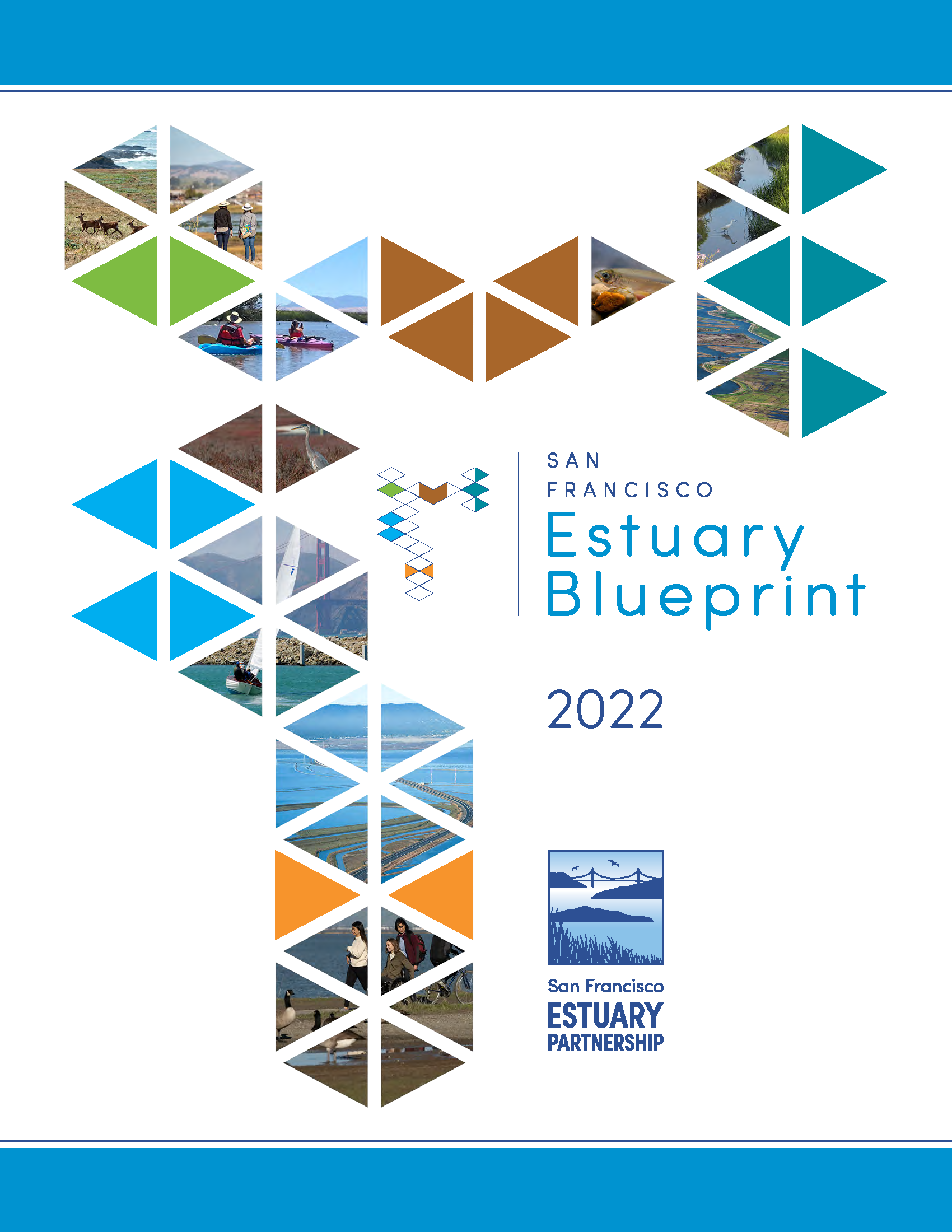Action 11: Transition Zones
← Back to Estuary Blueprint Actions
Protect, restore, and enhance estuarine-upland transition zones and adjacent upland ecosystems.
Protect estuarine-upland transition zones, and their ecosystem services, to help the Estuary adapt to rising sea levels. Include protection of adjacent upland ecosystems and diked historic baylands where feasible and appropriate. Integrate transition zones and adjacent upland ecosystems into restoration and enhancement projects in the Estuary to provide both migration space and high water refugia.
Overview
Efforts to address the ecological and economic threats imposed by sea-level rise and other aspects of climate change have begun to focus on the estuarine-terrestrial transition zone in areas above the current and future water lines. Estuarine-upland transition zones are defined as existing and predicted areas of interaction among tidal, terrestrial, and fluvial processes that result in unique mosaics of habitat types, assemblages of plant and animal species, and ecosystem services. Some non-tidal areas can also provide similar functions and services to estuarine-upland transition zones.
Task Description
Enhance, restore, or create estuarine-upland transition zones in existing or restored tidal marshes.Task Lead(s)
San Francisco Bay Joint Venture, San Francisco Estuary PartnershipTask Collaborating Partner(s)
San Francisco Bay National Estuarine Research Reserve, restoration community including government agencies, non-profit organizations, and private entitiesCost Estimate Key
|
Cost Estimate
$$$$Milestone(s)
50 transition zone enhancement, restoration, or creation projects incorporated into existing or restored marshes and adjacent uplands.Task Description
Protect transition zones, adjacent upland areas, and diked historic baylands for wetland migration space, based on identified needs and opportunities, through acquisition of fee title, partnerships to develop conservation easements, or other management agreements.Task Lead(s)
San Francisco Bay Joint Venture, San Francisco Estuary PartnershipTask Collaborating Partner(s)
San Francisco Bay National Estuarine Research Reserve, restoration community including government agencies, non-profit organizations, and private entitiesCost Estimate Key
|
Cost Estimate
$$$$Milestone(s)
30 sites protected or planned for protection as areas for future wetland migration space.Task Description
Determine an approach for maintaining an updated estuarine-upland transition zone mapping inventory over time. Integrate the approach into long-term monitoring by the Wetlands Regional Monitoring Program (WRMP). Identify opportunities to coordinate with the Delta Adapts and Delta Plan Ecosystem Amendment analyses.Task Lead(s)
San Francisco Estuary InstituteTask Collaborating Partner(s)
Geospatial Workgroup and WRMP Technical Advisory CommitteeCost Estimate Key
|
Cost Estimate
$Milestone(s)
Standard Operating Procedures for completing periodic mapping of Bay transition zones.Task Description
Support information-sharing and knowledge transfer activities to address the challenges of restoring native plant communities in the transition zone. Topics may include sourcing native plants; designing, preparing, and maintaining sites; monitoring; and addressing plant pathogens.Task Lead(s)
Central California Vegetation Managers’ WorkgroupTask Collaborating Partner(s)
Central California Vegetation Managers’ Workgroup (Novato Baylands Stewards, others), Point Blue’s Students and Teachers Restoring A Watershed (STRAW) Program, San Francisco Bay National Estuarine Research ReserveCost Estimate Key
|
Cost Estimate
$Milestone(s)
Three to five workgroup meetings to address transition zone restoration challenges.Task Description
Task Lead(s)
Task Collaborating Partner(s)
Cost Estimate Key
|
Cost Estimate
Milestone(s)
Task Description
Task Lead(s)
Task Collaborating Partner(s)
Cost Estimate Key
|
Cost Estimate
Milestone(s)
Task Description
Task Lead(s)
Task Collaborating Partner(s)
Cost Estimate Key
|
Cost Estimate
Milestone(s)
Task Description
Task Lead(s)
Task Collaborating Partner(s)
Cost Estimate Key
|
Cost Estimate
Milestone(s)
Updates and Emerging Issues
Since 2016, this Action has recognized the increasing importance of connectivity between habitat types. Its scope has expanded to include adjacent upland ecosystems and diked historic baylands in recognition of the similar functions and services that these areas can provide as sea level rises and transition zones migrate.
Climate Change Considerations
Climate change will directly impact transition zones due to their vulnerability to sea level rise. If managed properly, transition zones can accommodate Bay expansion without the loss of ecosystem services provided by tidal marshland. Protection of adjacent upland areas can help accommodate landward migration of transitional habitat with sea level rise.
Equity Considerations
Transition zones are home to many sites of cultural significance to Tribes and Indigenous populations. They also hold great potential ecosystem benefits to frontline communities, such as their ability to mitigate flood hazards, and provide access to nature and recreational opportunities.
Blueprint Goals


Connections to Other Actions
Watershed connections provide unique habitat and ecosystem services closely related to or dependent upon:
Action 1: Climate Resilience
Action 3: Adaptation Planning
Action 4: Adaptation Implementation
Action 5: Watershed Connections
Action 9: Intertidal / Subtidal Habitats
Action 10: Tidal Marsh
Action 12: Managed Wetlands
Action 13: Seasonal Wetlands
Action 14: Creeks
